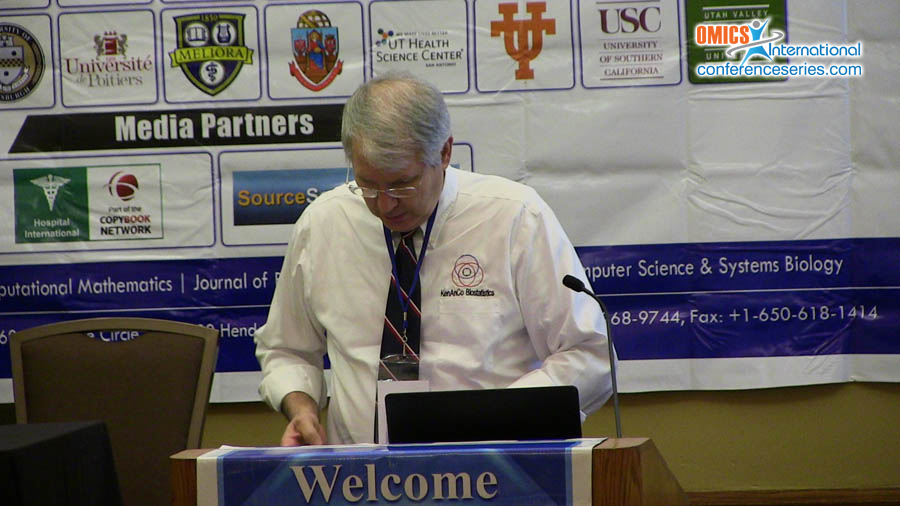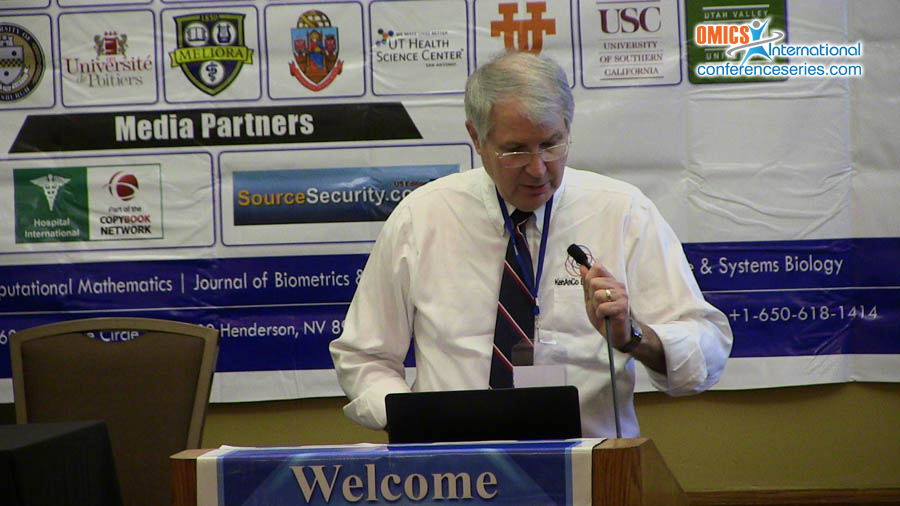
Ken Williams
KenAnCo Biostatistics and University of Texas Health Science Center at San Antonio
USA
Title: Individualized medicine: some of the ways biostatisticians can help
Biography
Biography: Ken Williams
Abstract
There is a growing trend toward more individualized treatment in clinical practice. This talk will focus on three advanced research technologies which biostatisticians can apply to support physicians’ individual patient treatment decisions based on each patient’s attributes such as age, sex, questionnaire responses, blood pressure, lab values, and genotypes: (1) Models which quantify the benefit each patient can be expected to receive from a particular therapy. For example models quantifying the expected benefit from lipid-lowering statin treatment can identify younger lower-risk individuals who would meaningfully benefit as much as higher-risk older individuals and thus enable earlier initiation of therapy before the “horse is out of the barn”. (2) Comparative effectiveness research using benefit models to identify the best of multiple therapeutic options for each patient based on his or her particular attributes. An example of this is research aimed at distinguishing between patients would receive a net benefit from statin treatment despite increased risk of diabetes and those expected to have a greater net benefit from some alternative therapy. (3) Cautious use of meta-analysis across multiple studies using an individual-level pooled dataset to estimate parameters estimates based on identically designed models fit within each study. A good example of this approach is the Cholesterol Treatment Trialists collaboration which used meta-analysis combining 22 different clinical trials to find that within trial relative risk reduction from statin treatment was lower for patients with higher baseline risk than for lower risk patients. Their findings were applied in the benefit model mentioned in (1) above. I’ll also give a bad example during the talk.
Speaker Presentations
Speaker PDFs
Speaker PPTs Click Here





